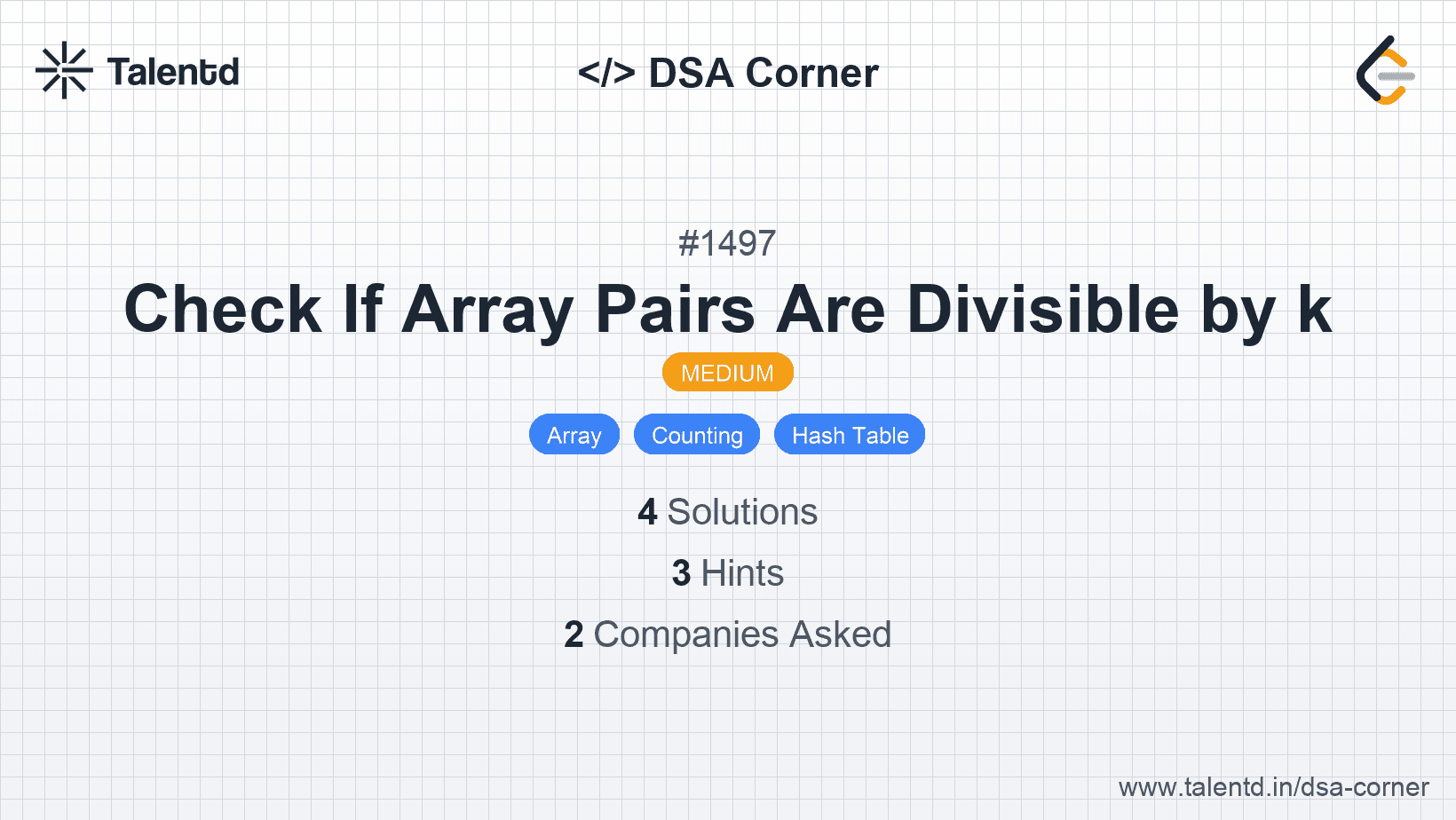
Sponsored
Sponsored
The problem can be approached by first sorting the data of interest and then using the two-pointer technique to solve it efficiently. This method leverages the sorted nature of the data to reduce the complexity of finding comparisons or sums. The two-pointer technique usually involves placing two pointers at different positions in the array and moving them according to the condition checks on the sum or comparison of their pointed values. This allows for efficient traversal with lesser computations.
Time Complexity: O(n log n) due to sorting and O(n) due to the two-pointer technique, resulting in O(n log n).
Space Complexity: O(1) since the solution uses no additional space except input array.
1#include <stdio.h>
2#include <stdlib.h>
3
4int compare(const void *a, const void *b) {
5 return (*(int*)a - *(int*)b);
6}
7
8void solve(int* arr, int n) {
9 qsort(arr, n, sizeof(int), compare);
10 int left = 0, right = n - 1;
11 while (left < right) {
12 int sum = arr[left] + arr[right];
13 if (sum == 0) {
14 printf("Pair found: %d, %d\n", arr[left], arr[right]);
15 return;
16 } else if (sum < 0) {
17 left++;
18 } else {
19 right--;
20 }
21 }
22 printf("No pair found\n");
23}
24
25int main() {
26 int arr[] = {-1, 2, -3, 4, 5, -6};
27 int n = sizeof(arr) / sizeof(arr[0]);
28 solve(arr, n);
29 return 0;
30}This C code first sorts the array using quicksort for simplicity and then uses two pointers to find if there are any two numbers in the array which sum up to 0. The sorted array helps in deciding which pointer to move based on the sum of the pointed numbers. This reduces the problem to linear complexity after sorting.
An efficient alternative to sorting could be the usage of a hash table (or unordered map) that enables O(1) average-time complexity for search operations. By inserting each element into the hash table and checking if the complementary value (to make a sum zero) exists, one can get the desired pair in linear time without needing to sort the entire array.
Time Complexity: O(n) on average for insertion and look-up.
Space Complexity: O(n) due to storage in the hash map.
1import java.util.HashMap;
2
Here, the solution in Java uses a HashMap to keep track of the elements seen so far. For each element, it checks if the negative of that element has already been stored in the map. This allows the detection of pairs that sum to zero in an efficient manner.